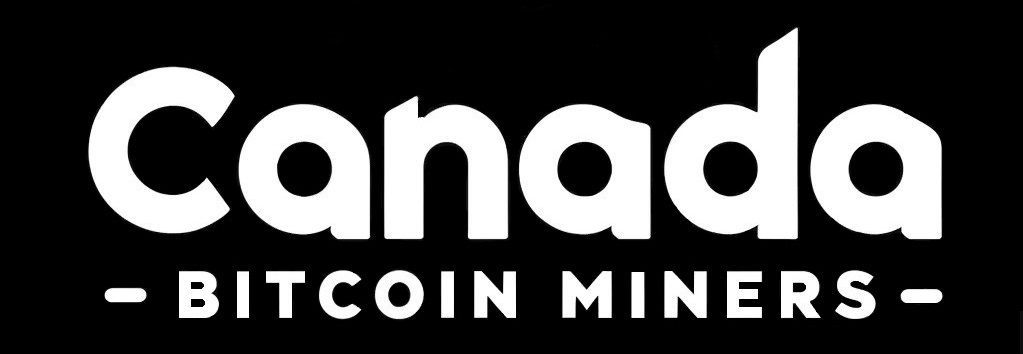Essential Considerations for Starting a Bitcoin Mining Operation
What Is The Actual Process Behind Mining?
Mining involves validating and adding transactions to the blockchain using powerful computers to solve complex mathematical problems. Successful miners are rewarded with new bitcoins, and the process ensures the security and integrity of the decentralized Bitcoin network.
Exploring Crypto-Currency's Framework
Key Mining Factors
Blockchain Guardians
The infrastructure of Bitcoin mining includes specialized hardware, software, and a decentralized network of nodes. Miners solve mathematical problems, validate transactions, and secure the network using powerful computers.
Comparable to a server in a bank
Mining functions much like servers in banks and credit card companies. It ensures no duplicate transactions occur when money is transferred between accounts. Banks and credit card companies independently verify transactions, charging a fee for the service.
Validation of Blocks
In mining, information in a blockchain block is validated by creating a cryptographic solution. Miners receive rewards, including new crypto and transaction fees, for achieving the correct solution.
Limited Supply
Limited Supply: Bitcoin has a capped supply of 21 million coins, a key feature designed to mimic the scarcity and value proposition of precious metals. This fixed supply is programmed into the system, creating scarcity and influencing Bitcoin's long-term value.
2028
Bitcoin Halving Countdown.
The Bitcoin Halving
Bitcoin ETF
A Bitcoin ETF enables investors to access Bitcoin's value through a regulated, stock-like format, bypassing the need for direct cryptocurrency handling. It reflects Bitcoin's price movements, offering a simplified and secure investment alternative.
Getting to Know ASIC Miners.
ASIC miners, the abbreviation for Application-Specific Integrated Circuit miners, are tailor-made hardware devices dedicated to the mining of cryptocurrencies, notably Bitcoin. These units are distinct from general computing hardware like CPUs (Central Processing Units) or GPUs (Graphics Processing Units), being engineered for a singular computational endeavor - the mining process.
Functionality of ASIC Miners.
At their core, ASIC miners are built to execute the proof-of-work algorithm, a cornerstone of the Bitcoin network's security mechanism. This involves tackling intricate mathematical puzzles to discover a hash - the outcome of a cryptographic function - that meets specific conditions. Successfully solving this puzzle allows the addition of a new block to the Bitcoin blockchain, rewarding the miner with Bitcoin.
What sets ASIC miners apart is their ability to conduct this operation with exceptional proficiency. They focus on hashing the block header, tweaking a minor piece of data termed as a ‘nonce’, in their quest for a viable solution. Despite the intense computational and energy demands of this task, ASIC miners' specialized construction equips them to perform with unmatched speed and power efficiency.
Profitability:
While ASIC miners excel in efficiency and profitability, their higher initial investment and lack of versatility compared to GPUs are significant considerations.
Performance:
Given their tailored design, ASIC miners achieve significantly higher hash rates, enabling them to conduct more calculations per second compared to other mining hardware.
Efficiency:
ASIC miners are built for a singular task: mining Bitcoin with a level of efficiency that surpasses that of CPUs and GPUs.
Important Considerations for Selecting an ASIC Miner
Price
The price of ASIC miners, often higher for models with superior hash rates and efficiency, is key. Assessing potential ROI before buying is vital, as higher costs don’t always lead to more profit, especially with steep electricity bills.
Power Efficiency
Power efficiency is key to mining profitability, as ASIC miners use a lot of electricity. High energy costs can reduce profits, making the efficiency rating, measured in J/GH, critical. A lower J/GH means better power efficiency.
Hash Rate
An ASIC miner's hash rate measures its calculation speed, with a higher rate boosting chances of earning Bitcoin but often raising energy use. Balancing hash rate and power consumption is crucial.
Longevity and Durability
Mining operates round-the-clock, so the durability of your ASIC miner plays a crucial role in its longevity and profit potential. Choose miners designed for constant use and factor in conditions like cooling and dust to maximize your miner's lifespan.




